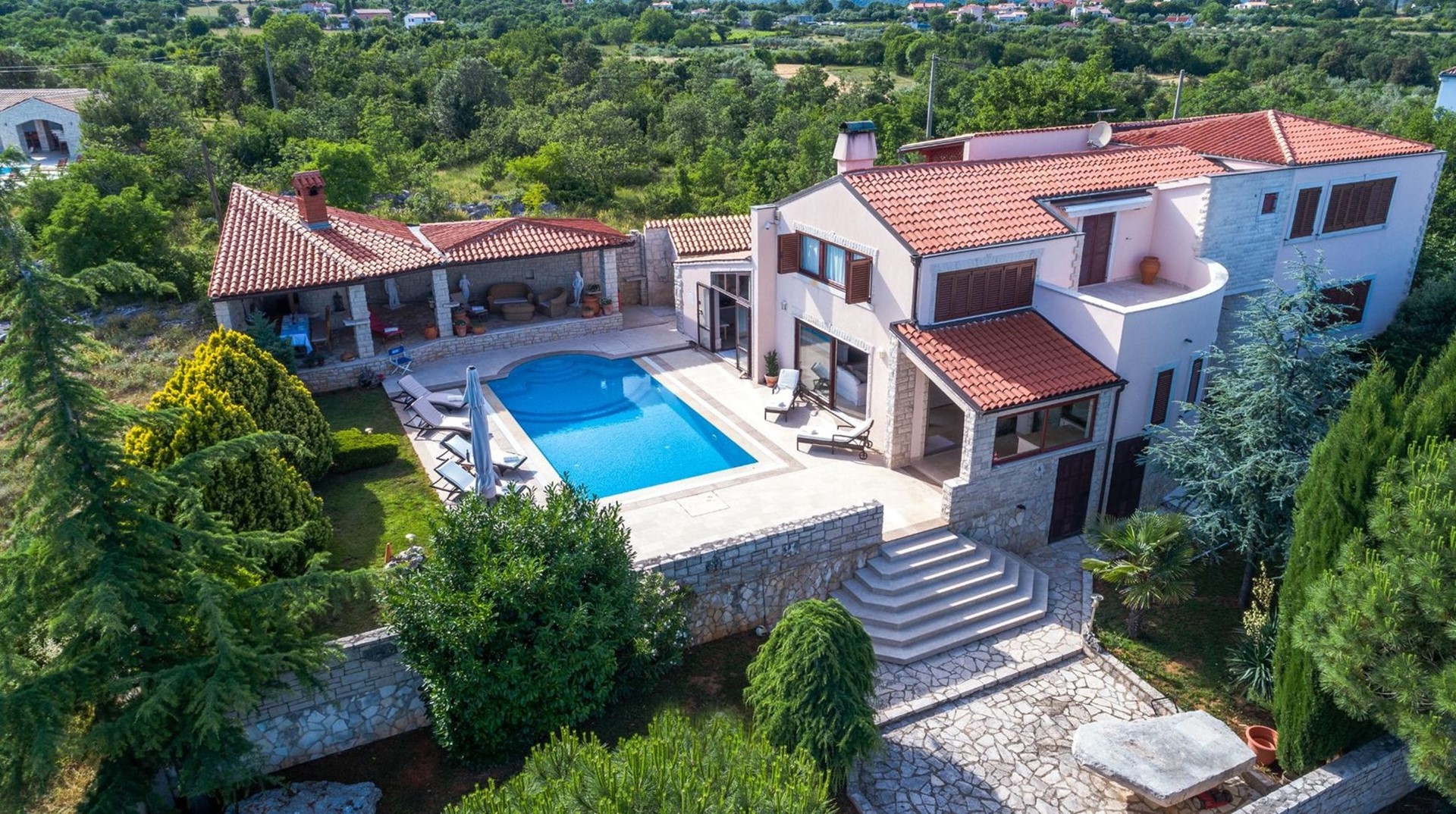
If you are thinking of buying a house and hesitating between new and old? Indeed, these are very stressful issues and require special attention and careful consideration of all the pros and cons! Let’s dive together into useful information that will make it easier for you to buy and make some important decisions!
However, you need to know that buying an old house carries its own risks and benefits. To make it easier for you to make an informed decision, we have outlined some of the pros and cons of buying an old home. Visit our Croatia Real Estate page and follow the latest information on current events and offers related to the purchase and maintenance of real estate in Croatia!

Old apartments and houses are certainly sought-after locations, both in continental Croatia and on the coast and islands. A large number of old houses and apartments in continental Croatia are located in the sub-Sljeme area and are an ideal opportunity for all those who want to buy a house or apartment in a prime location at a slightly cheaper price.
Due to the quality of construction and their excellent location, properties older than 20 years are still a great choice after all.
A large selection of old houses can also be found on the Adriatic coast and islands. There are especially prominent stone houses, extremely valuable for their quality, and authenticity, and therefore are a very popular choice today.
When you have already decided to buy a house that is more than ten years old, that is, an old building, you will be glad to know that it brings its advantages. Buying an older house or real estate has a certain charm – the atmosphere of the home, interesting history, and a cheaper price. It’s ideal, isn’t it? Apart from the fact that very often moving into an older house is relatively faster than in a new building, most older houses come with a garden.
Once, while gardening was of paramount importance most older homes came with some form of the green option (garden). By buying a house at a lower price, you ensure that its value is increased with each additional renovation, and then it can become a very serious investment with long-term profitability.
The cost mainly depends on the technical and optical condition of the old house and on what standard you ultimately expect. The price of costs can really vary, the list of prices of certain adaptations is optimal, but it can serve as navigation in how prices move on the market in Croatia.
Some of the most basic costs such as the renovation of the roof with concrete tiles (selective repair of the roof structure) will cost about 60 EUR per m2 to 120 EUR per m2, and facade insulation (depending on the method) will cost between 130 EUR per m2 and 190 EUR per m2 of facade surface. core insulation is approximately 25 EUR per m2 to 30 EUR per m2, and if you want to replace the windows you can count on approximately 500 EUR per window up to 1000 EUR per window and more.
Some other renovations are also possible, such as the replacement of sewer pipes (1,500 EUR per floor, depending on the effort, much more), renovation of the electrical system (70 EUR per m2 of living space), and replacement of the heating system (7,500 to 25,000 euros, depending on the type of system). heating).

In order to reduce the unnecessary cost of renovation, it is necessary to hire an agent or an expert specialized in the analysis of the existing condition of your property before the purchase. With adequate quality analysis, you will have a better picture of your costs, which will be extremely important if you want to recoup your investment in the future.
Investment costs depend on the size of the building, the necessary permits, but also on whether the building is an immovable cultural property or not. In case your property belongs to a cultural good, you will have unpredictable costs that could be out of your budget and represent a potential stagnation in the development of the renovation. The good news is that the owner of such property has the opportunity to obtain funding from the structural funds of the European Union, and incentives from the state and the county.
Certainly, in addition to the most basic costs, it is always necessary to keep in mind unforeseen costs and have a reserve fund for such cases.
There are some disadvantages when buying an older home you don’t want to miss out on! Older homes may have outdated heating systems, and electrical or plumbing installations that do not comply with modern building regulations. Insurance costs are also a factor you should consider. Ensuring an old home could be more expensive than insuring a new one. Insurance companies know that old houses expose more risks than newer ones, with the possibility that old houses have outdated electrical and plumbing systems and the stability of the foundation of the house.
Accordingly, old houses carry many memories, but also old trees. These trees can pose problems because of their roots. The long roots of old trees could grow towards the plumbing systems and foundations of the house, which could break it. Foundation work and pipe replacement can cause a large dent in your wallet.
There are many potential sources of problems, structural deficiencies, and structural damage that need to be anticipated.
Renovating and renovating old houses is a complex endeavor that can take longer than you would like. There are also the costs of modernization and renovation measures. Adaptation and renovation jobs can be stressful and exhausting, which can lead to frustration and physical as well as psychological strain.